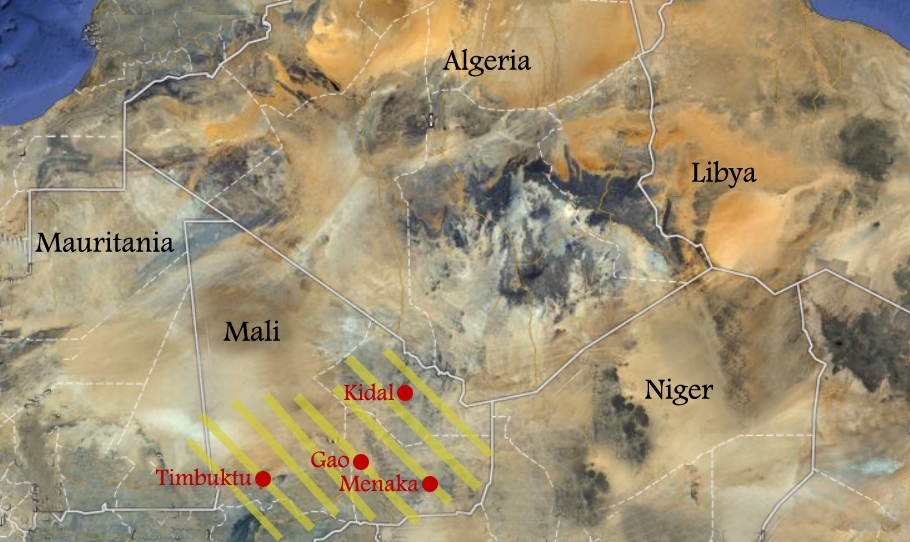
Mid-January marked a new stage in the long historical struggle between the Malian government and the Touareg rebels. This new chapter emerges at a time where Malians are preparing for legislative and presidential elections expected to be held on 29th April 2012. The Malian Constitutional Council has yet to make any decisions on whether it will hold the elections on the due date or adjourning them to a more proper time.
The recent clash between the two parties is the fourth of its kind since the start of the conflict in 1963 during the reign of Mali's first communist president, Modibo Keita. The second round took place from 1990 to 1996 and ended with a peace agreement between the rebels and the government during the rule of former president Moussa Traore in Tamanrasset, Algeria in January 1991 that was interpolated by appendixes entitled the "National Pact." The agreement addressed major Touareg demands concerning the "administrative autonomy" of the three regions composing the Azaouad territory – Kidal, Timbuktu and Gao – in addition to 47.3% of the annual national budget.